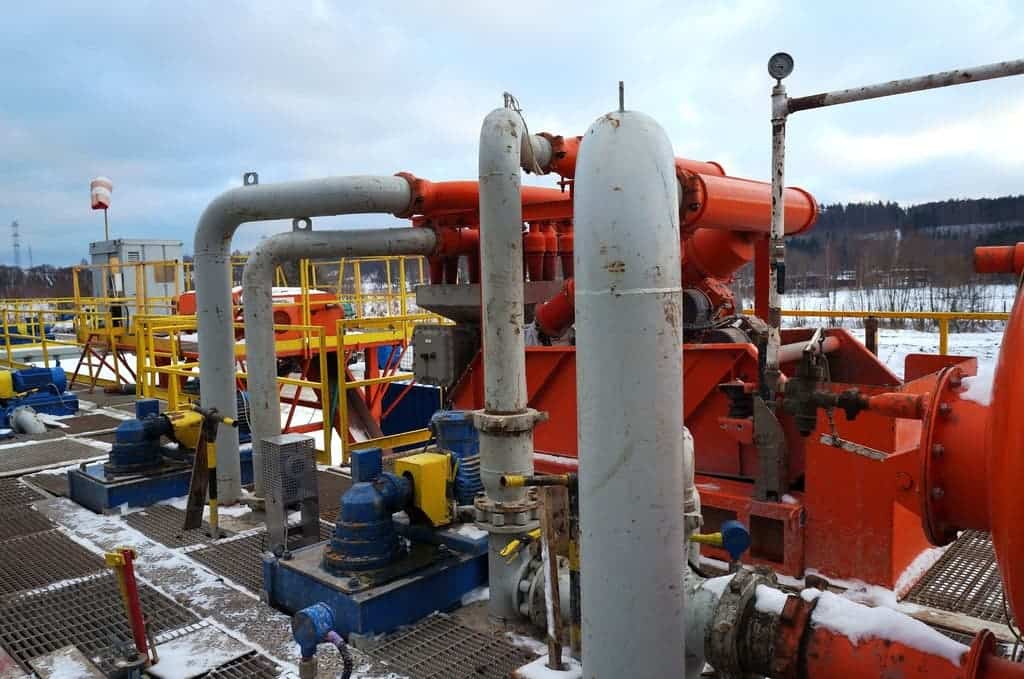Few places are as exposed as the European Union (EU) to Russia’s oil and gas in the wake of its invasion of Ukraine. The EU gets about 40% of its gas from Russia at a cost of over $110 million a day. Moving with a surprising speed, the EU has now introduced a strategy to cut its reliance on this fuel source by two-thirds within a year — and this could mean a lot both economically and environmentally.

The REPowerEU plan hopes to make Europe independent of Russian fossil fuels by 2030, placing initial efforts just on gas. The roadmap proposes to find alternative supplies of gas in the next few months, as well as increasing energy efficiency and doubling down on renewable energy sources in the medium to longer term.
“We simply cannot rely on a supplier who explicitly threatens us. We need to act now to mitigate the impact of rising energy prices, diversify our gas supply for next winter and accelerate the clean energy transition,” Commission President Ursula von der Leyen said in a statement. “We’ll work swiftly to implement these ideas.”
The road ahead
The new proposal will make it a legal requirement for EU countries to make sure they have a minimum level of gas storage. The objective is to have gas stocks at 90% capacity by Autumn, up from about 30% now. Discussions are already taking place with existing gas suppliers such as Norway and Algeria to increase flows and compensate for the crackdown on Russian gas. Environmentally, this won’t make a substantial difference as just the source of the gas will end.
The Commission pictures ending reliance on all fossil fuels from Russia “well before” 2030. In the short term, gas would be imported from the US and Africa and some countries might have to increase the use of coal in the months ahead. While this will mean higher carbon emissions, the longer-term goal is a shift to renewable energy — which will make a difference environmentally.
Another area of focus for the EU in the coming months will be higher imports of Liquefied Natural Gas (LNG) from suppliers including the US, Qatar, and Australia. Germany has already announced plans for two new LNG terminals to increase supplies, which has raised concerns among experts over a longer dependency on fossil fuels.
Executive Vice-President for the European Green Deal, Frans Timmermans asked to “dash into renewable energy at a lightning speed,” as they are cheaper, cleaner, and a potentially endless source of energy. The Russian invasion shows the urgency of accelerating Europe’s energy transition to cleaner energy sources, Timmerman said.
As well as finding new gas supplies, the Commission argued the reliance on Russia will be eased because of new renewable energy projects that will soon come online. Countries should consider using the revenues they raised from the Emissions Trading Scheme, the world’s largest carbon market, to pay for further green energy sources, the Commission said. Solar energy will be a particular point of focus, with a 4-stage plan aimed at delivering 1TW by 2030:
- Multiply rooftop PV development through mandatory solar on new buildings, bans on fossil-fuel boilers, and significant investment.
- Facilitate utility-scale development by freezing grid connection fees, and mandating member states to identify suitable solar PV sites, aiming to fast-track developments.
- Pave the way for smart solar and hybrid projects using dedicated funding.
- Accelerate the deployment of EU solar PV manufacturing capacity with€ 1bn.
The proposal says renewable energy projects have to be fast-tracked, with a large potential in domestic rooftop solar power. Up to a quarter of the EU’s electricity consumption could be obtained from panels on buildings and farms, the Commission said – also calling for a large increase in the use of biogas, made from agricultural and food waste.
EU leaders will meet in Versailles, France, later this week to discuss the plan, which won’t be cheap and might lead to some dissenting voices. Meanwhile, campaigners are asking governments to ensure the poorest are protected. Europe is already facing an energy poverty crisis and no one should have to choose between heating and heating, the NGO Global Witness said in a statement.






